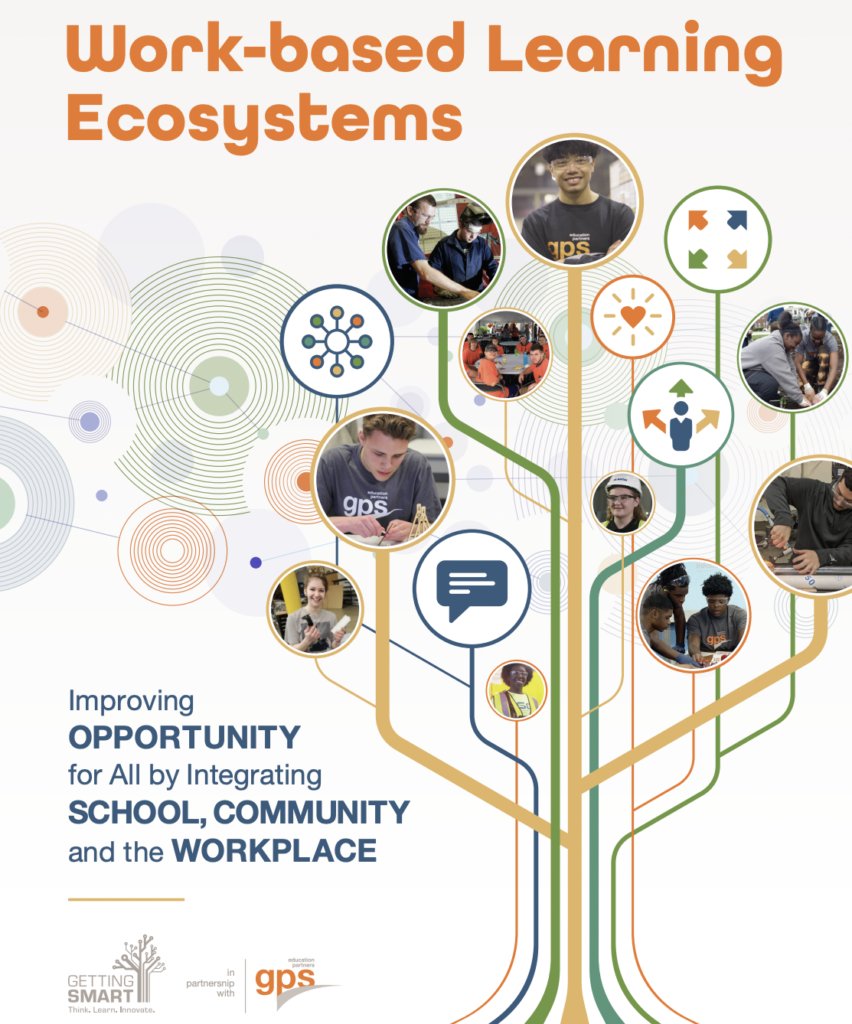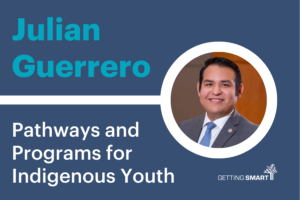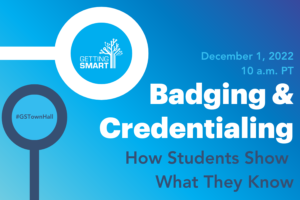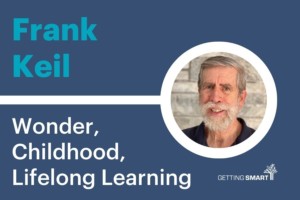Work-Based Learning Ecosystems: Improving Opportunity for All
Key Points
-
New white paper shares what’s possible in work-based learning.
-
Gives starting points and guide to how to start a work-based learning program.
-
How intermediaries can support bringing together employers, community and schools to build a work-based learning program that works for all.

Every year, 3.7 million students graduate from American high schools, and most head directly into the workforce, the military or a postsecondary learning experience. In June, 2021, 8.7 million Americans were unemployed while 10.1 million job openings were reported. While some of this mismatch may be due to geographic isolation or unemployment benefits, much of it has to do with an accelerating skills and experience gap due to a rapidly adapting workplace. Jobs exist; requisite skills and experience do not.
Too many young people are entering the workforce without the skills, knowledge and experiences required by employers and too few schools offer real-world work-based learning (WBL) experiences to their students. This deficit leads to significant numbers of families unable to earn a sustaining income. These numbers are even further amplified in families led by women, Black, Latino, Hispanic, and individuals without high school degrees.
A new white paper written by Getting Smart and powered by GPS Education Partners was published with a goal to advance the case for equitable WBL models for all through an ecosystem approach that is scalable and sustainable. It also shares that by partnering with intermediaries to build and integrate resilient and scalable work-based learning models, communities can imagine a future of WBL that works for all.
- A short synthesis around the challenges, solutions and research surrounding WBL
- Details about the core ecosystem that incorporates the three critical partners in scalable WBL models
- An analysis of the different types of WBL relative to the ecosystem model
- A set of recommendations and starting points to empower community groups to start the journey toward a robust WBL program
Work-based Learning Ecosystems helps make the case for WBL and the rich examples included provide a clear starting point for communities interested in developing an innovative, sustainable and scalable WBL program.
When WBL programs are successful, everyone benefits. Learners thrive, employers have access to a well-developed workforce, and communities as a whole become more resilient in this complex and uncertain world.







0 Comments
Leave a Comment
Your email address will not be published. All fields are required.